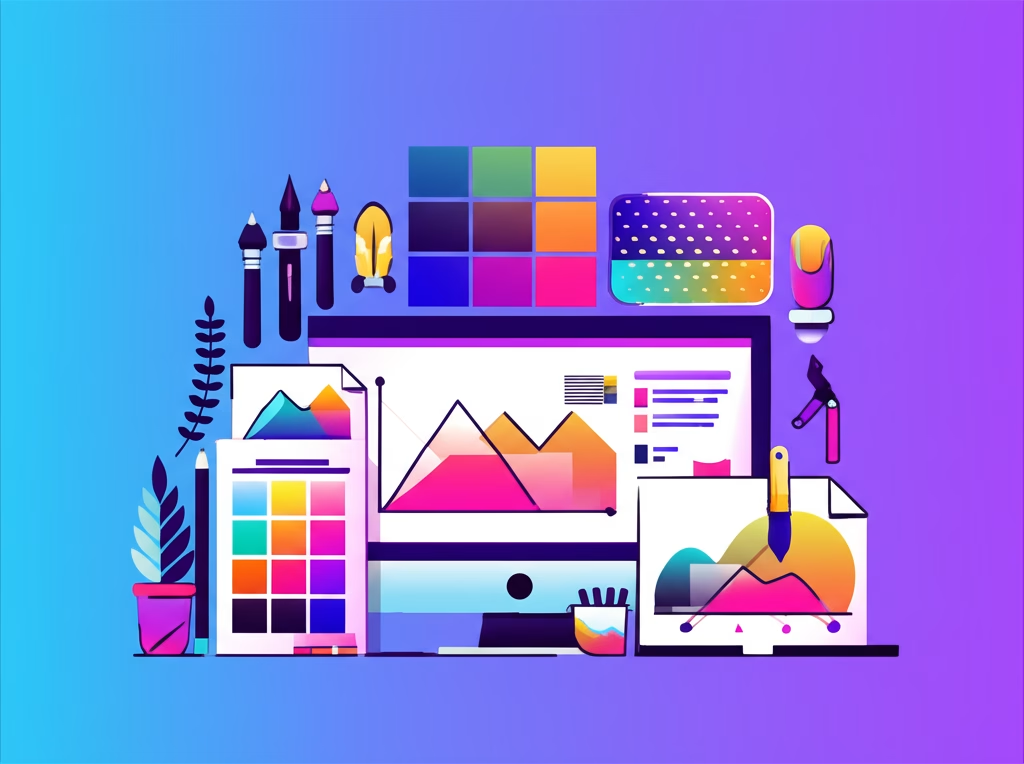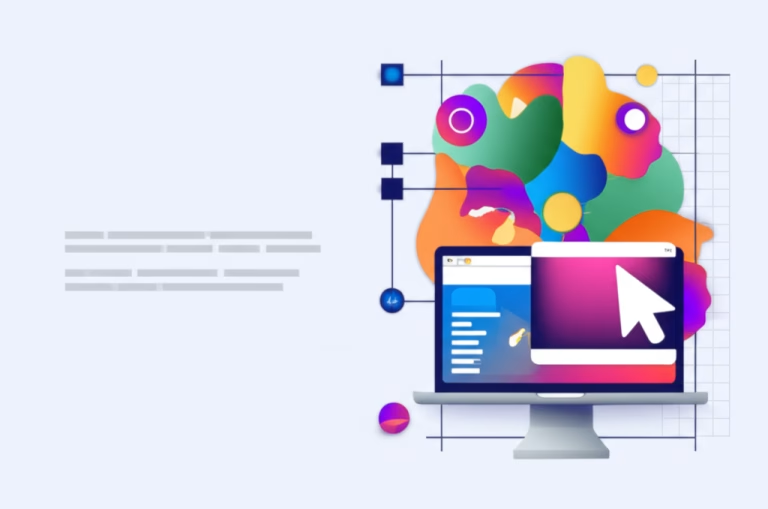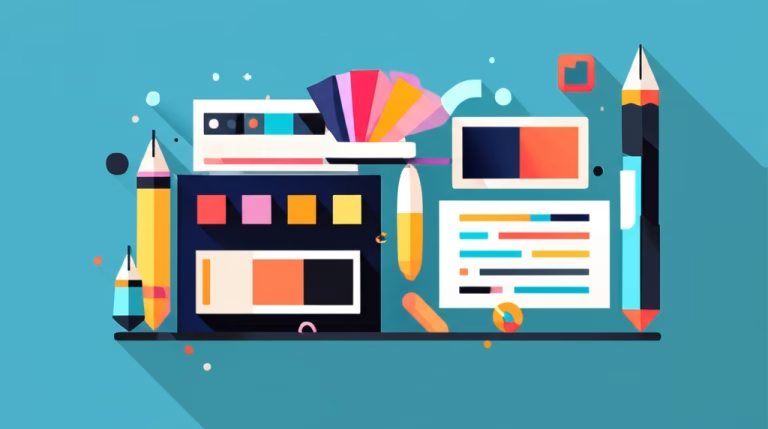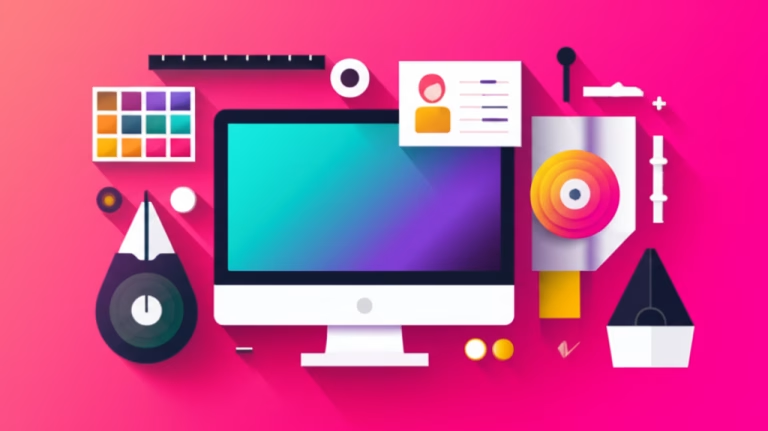Hey there, future designer! Ever feel like you have cool ideas stuck in your head, but you’re not sure how to make them real? Or maybe you look at amazing designs online and wonder, “How do they even come up with that?” You’re not alone! Every creative journey starts with a spark, and that spark is your design imagination. It’s the engine that drives innovation and fresh looks. Getting good at design isn’t just about mastering tools; it’s about learning to unlock and use your inner creativity. This guide is here to help you do just that, showing you simple ways to find great design ideas and boost your creative muscles. Get ready to transform how you think about design!
Table of Contents
The Transformation That Design Imagination Can Bring
Think about a blank page or an empty screen. It can feel a bit intimidating, right? Now imagine filling it with vibrant colors, interesting shapes, and compelling messages that truly connect with people. That’s the power of a sparked design imagination! It transforms that initial blankness into something meaningful and exciting. It’s not just about making things look pretty; it’s about solving problems visually, telling stories, and creating experiences that resonate. For beginners, cultivating this imaginative ability is key. It shifts design from a technical task to a fulfilling creative process, opening up a world of possibilities you might not have thought possible. It allows you to move from simply copying others to creating truly original work that reflects your unique perspective.
The Hidden Power of Design Imagination
What exactly is this “hidden power”? It’s your ability to see beyond the obvious, to connect seemingly unrelated ideas, and to envision solutions that don’t exist yet. Design imagination is the wellspring of all great creative work. It allows you to brainstorm freely, experiment without fear, and arrive at unexpected and delightful outcomes. Think of iconic designs – from classic logos that instantly evoke a brand’s essence to revolutionary product designs that change how we live. These didn’t just appear; they were born from someone’s vibrant imagination, fueled by curiosity and a willingness to explore. Learning to tap into this internal resource is crucial for any aspiring designer. It’s what allows you to develop a unique style and approach to your projects.
The Three Dimensions of Design Imagination
To better understand how design imagination works, let’s look at its different facets. It’s not just one single thing; it operates on multiple levels, influencing how we perceive and create.
1. Emotional Dimension
This is about how your imagination helps you connect with feelings and convey them through design. It’s understanding how colors make people feel, how shapes can evoke moods, or how images can tell a story without words. Your imagination allows you to step into the user’s shoes and create designs that resonate on a deeper, emotional level.
- Practical application 1: Using warm colors and soft shapes in a design for a cozy cafe to evoke feelings of comfort and warmth.
- Practical application 2: Crafting a logo for a children’s brand with playful, whimsical elements that spark joy and wonder.
2. Functional Dimension
Imagination isn’t just about aesthetics; it’s also about problem-solving. The functional dimension involves envisioning how a design will work in practice, how users will interact with it, and how it will fulfill its purpose effectively. This requires creative thinking to find innovative solutions to practical challenges.
- Practical application 1: Imagining a website layout that is intuitive and easy for users to navigate, even if the content is complex.
- Practical application 2: Designing a product package that is not only visually appealing but also easy to open and protects the contents effectively.
3. Aesthetic Dimension
This is perhaps the most commonly thought-of aspect – the visual appeal. The aesthetic dimension of design imagination is about envisioning beautiful, harmonious, and visually interesting compositions. It involves playing with elements like balance, contrast, rhythm, and pattern to create designs that are pleasing to the eye.
- Practical application 1: Experimenting with different typography pairings to find a combination that is both readable and visually striking for a poster.
- Practical application 2: Arranging images and text on a page in a way that creates a dynamic and engaging visual flow.
Advanced Techniques That Make the Difference
Ready to take your design imagination to the next level? Here are some techniques that can help you generate more unique and compelling design ideas.
Technique 1 – Mind Mapping Magic:
Start with a central idea or keyword and branch out, connecting related concepts, images, and thoughts. This visual brainstorming method helps you see connections you might otherwise miss and can lead to unexpected creative pathways.
Expected result: A wide web of interconnected ideas, revealing new angles and possibilities for your design project.
Technique 2 – The “What If?” Game:
Challenge assumptions by asking “what if?” questions. What if this logo was upside down? What if this website had no images? What if this color was the opposite? This technique forces you to think outside the box and explore unconventional solutions.
Expected result: Disruptive and original ideas that break away from typical design conventions.
Technique 3 – Visual Storytelling Sprint:
Instead of just designing an object or layout, imagine the story it tells. Who uses it? Where is it used? What feelings does it evoke in a narrative context? Sketch out simple visual sequences or scenarios.
Expected result: Designs that have depth, meaning, and connect with viewers on a narrative level.
Obstacles That Can Limit Your Potential
Even with a buzzing imagination, you might encounter roadblocks. Recognizing these obstacles is the first step to overcoming them and letting your creative design flow freely.
- Mental Obstacle: The Fear of the Blank Page
That feeling of not knowing where to start can be paralyzing. It often stems from a fear of not being good enough or not having “the” brilliant idea immediately.
How to overcome mindset limitations: Start small. Doodle, sketch, write down random words. The goal is just to begin, not to be perfect. Embrace imperfection and view it as part of the process. - Technical Obstacle: Not Knowing How to Execute
You might have a fantastic idea, but lack the skills with design software or tools to bring it to life. This gap between imagination and execution can be frustrating.
How to overcome technical limitations: Dedicate time to learning your tools. Watch tutorials, practice regularly, and don’t be afraid to experiment. Start with simple ideas to build confidence and technical proficiency. - Resource Obstacle: Lack of Inspiration or References
Sometimes you just feel empty, like you have no new ideas. This can happen when you’re not actively seeking out new inputs.
How to overcome resource limitations: Actively seek inspiration everywhere – art, nature, everyday objects, other designers’ work (for inspiration, not copying!). Build a swipe file of things you find visually interesting.
Your Journey to Mastery in Design Imagination
Cultivating your design imagination is a continuous journey. It’s not a destination you reach, but a muscle you build over time with consistent practice and exploration.
Beginner Level (0-3 months)
Focus on observation and basic exploration. Pay attention to the designs around you. Try simple exercises like sketching random objects or brainstorming color palettes for everyday items. The goal is to simply start noticing and generating ideas without judgment.
Intermediate Level (3-12 months)
Begin applying your imagination to small projects. Try redesigning something simple, like a business card or a social media graphic. Experiment with different styles and techniques learned from tutorials. Start building a visual library of references that inspire you.
Advanced Level (1+ years)
At this stage, you’re integrating imaginative thinking seamlessly into your workflow. You’re comfortable tackling more complex projects and developing your own unique creative process. You actively seek out challenges that push your imaginative boundaries and contribute to your personal style.
Questions That Shape the Future of Design Imagination
As you grow, you might start asking bigger questions about your own creativity and the field of design.
Q: How will AI impact the need for human design imagination?
A: AI can be a powerful tool for execution, but human imagination remains crucial for original concepts, emotional depth, and strategic thinking.
Q: What’s the best way to keep my imagination fresh and avoid creative burnout?
A: Regularly expose yourself to new experiences, take breaks, collaborate with others, and work on personal projects that excite you.
The Beginning of Your New Creative Era
Sparking your design imagination is the first step toward a fulfilling and innovative creative journey. It’s about more than just having ideas; it’s about nurturing that inner spark, exploring possibilities, and bringing your unique vision to life. Don’t be discouraged by initial challenges. Every experienced designer started right where you are now, learning to unlock their creative potential step by step.
Accelerate your evolution by discovering our article about Your Intro to Design Basics!



